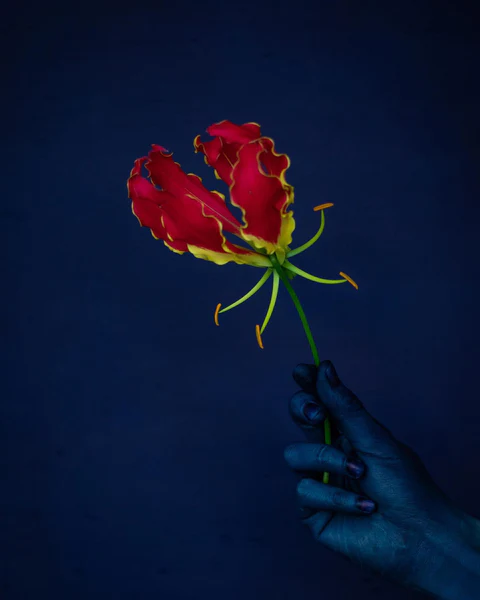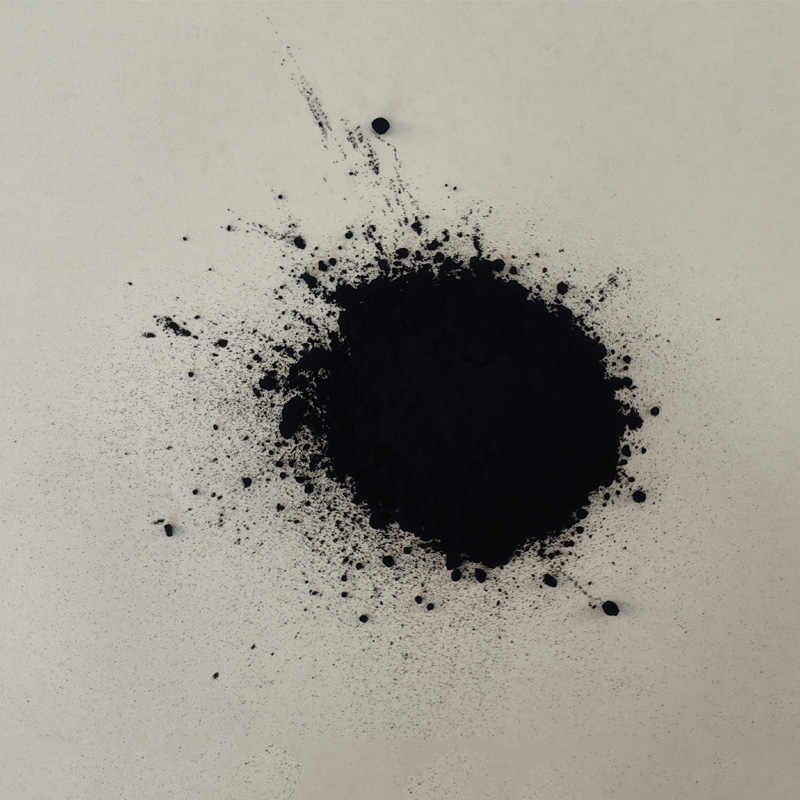Exploring the Rich History and Cultural Significance of Chinese Indigo Dyeing Techniques
The Art and Science of Chinese Indigo Dyeing A Historical Perspective
Indigo dyeing is a profound and colorful tradition deeply rooted in various cultures worldwide, but nowhere is it more celebrated than in China. The significance of indigo, particularly in the context of Chinese textile arts, stretches back thousands of years, illustrating the country’s rich history in agriculture, craftsmanship, and innovation.
Historical Background
The use of indigo in Chinese dyeing can be traced back to at least the Han Dynasty (206 BCE – 220 CE), where historical texts and archaeological findings indicate its significance in both commerce and daily life. The distinct blue hue derived from indigo plants was not merely a aesthetic choice; it held cultural and spiritual value. Clothing dyed with indigo was believed to possess protective qualities against harm and evil spirits. Furthermore, the color blue was associated with nobility and fidelity, which enhanced the societal value of indigo-dyed textiles.
The Indigo Plant
The primary source of indigo dye is the leaves of the indigofera plant, which thrives in warmer climates. In China, the most commonly used species is Indigofera tinctoria. The process of extracting dye from these leaves is intricate and involves fermentation. After harvesting the leaves, they are soaked in water to ferment, allowing the natural dye to be released. The process culminates in the creation of a deep blue dye, which can be used in various textile applications from clothing to intricate patterns in fabrics.
Traditional Techniques
china indigo dye vat

Chinese indigo dyeing techniques are characterized by their manual craftsmanship and the use of traditional methods passed down through generations. One notable technique is stitch resist dyeing, where the fabric is stitched with thread to create designs that resist dye penetration, resulting in intricate patterns on the fabric. The skill involved in this type of dyeing showcases not only the artisanship of the dyers but also the deep understanding of materials and color science.
In regions like Guizhou, Hunan, and Jiangxi, indigo dyeing is incorporated into local folk art, reflecting the cultural identity of the communities. The distinctive blue textiles produced have become emblematic of these areas, attracting artisans and tourists alike.
Modern Revival and Sustainability
In recent years, there has been a resurgence of interest in natural dyeing practices, largely driven by a global shift towards sustainable and eco-friendly fashion. Chinese indigo dyeing, with its roots in tradition and sustainability, plays a significant role in this movement. Artisans and designers are rediscovering ancient methods that not only produce beautiful textiles but also honor environmental stewardship by utilizing natural materials and reducing chemical pollutants prevalent in synthetic dyes.
Moreover, contemporary designers and brands are integrating indigo dyeing into modern fashion, resulting in a blend of traditional aesthetics and contemporary styles. This revitalization has provided opportunities for local artisans to thrive economically while preserving their cultural heritage.
Conclusion
The history of indigo dyeing in China is a tapestry woven from tradition, identity, and sustainable practices. As the world becomes increasingly aware of the importance of preserving cultural heritages and adopting sustainable practices in fashion, the art of indigo dyeing not only stands as a testament to China’s artistic legacy but also as a beacon for future generations. By embracing this ancient craft, we can appreciate the beauty of indigo, not only as a color but as a symbol of creativity, resilience, and cultural continuity.
-
innovating-bromo-indigo-excellence
NewsAug.23,2025
-
pioneering-indigo-plant-dye-excellence
NewsAug.23,2025
-
leading-sulphur-black-dyes-enterprise
NewsAug.23,2025
-
sulphur-black-dyes-light-resistance
NewsAug.23,2025
-
indigo-blue-granular-industrial-uses
NewsAug.23,2025
-
bromo-indigo-synthetic-production-process
NewsAug.23,2025
-
The Timeless Art of Denim Indigo Dye
NewsJul.01,2025

Sulphur Black
1.Name: sulphur black; Sulfur Black; Sulphur Black 1;
2.Structure formula:
3.Molecule formula: C6H4N2O5
4.CAS No.: 1326-82-5
5.HS code: 32041911
6.Product specification:Appearance:black phosphorus flakes; black liquid

Bromo Indigo; Vat Bromo-Indigo; C.I.Vat Blue 5
1.Name: Bromo indigo; Vat bromo-indigo; C.I.Vat blue 5;
2.Structure formula:
3.Molecule formula: C16H6Br4N2O2
4.CAS No.: 2475-31-2
5.HS code: 3204151000 6.Major usage and instruction: Be mainly used to dye cotton fabrics.

Indigo Blue Vat Blue
1.Name: indigo blue,vat blue 1,
2.Structure formula:
3.Molecule formula: C16H10N2O2
4.. CAS No.: 482-89-3
5.Molecule weight: 262.62
6.HS code: 3204151000
7.Major usage and instruction: Be mainly used to dye cotton fabrics.

